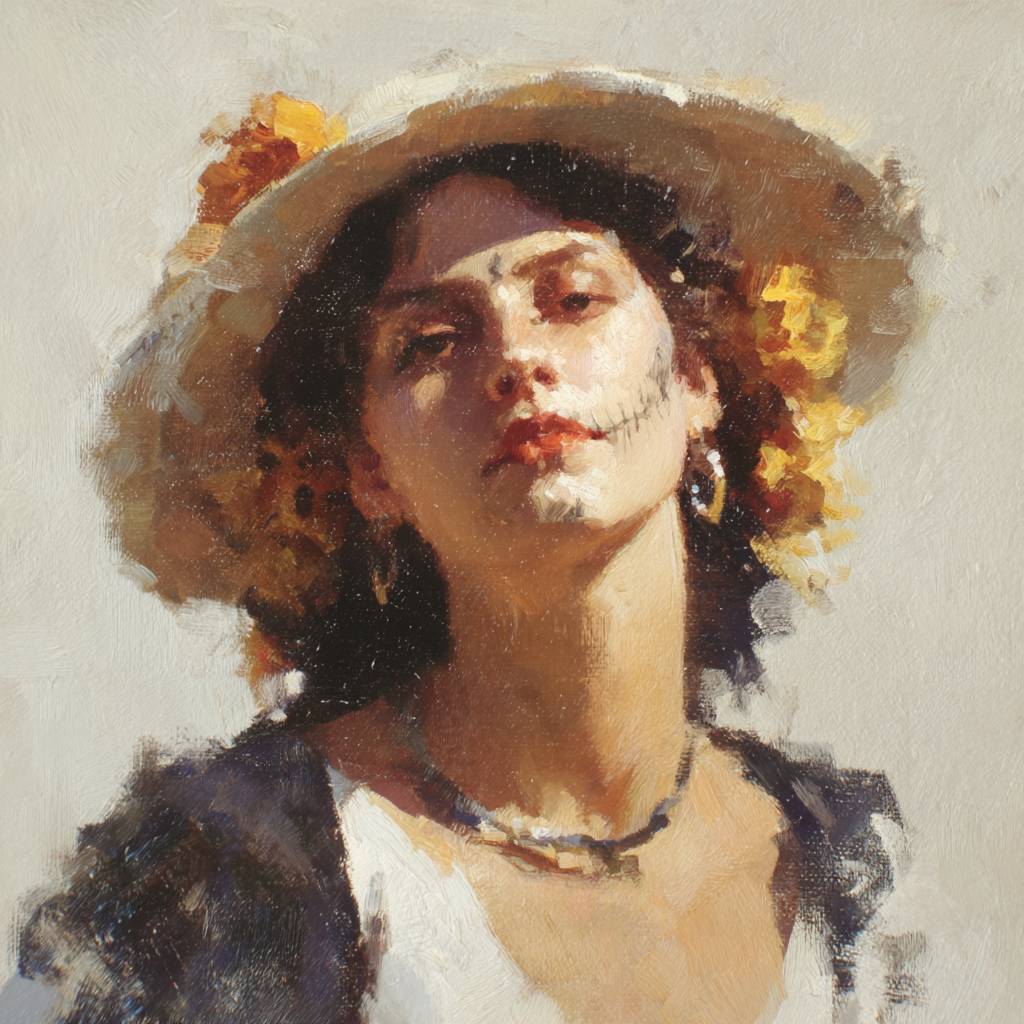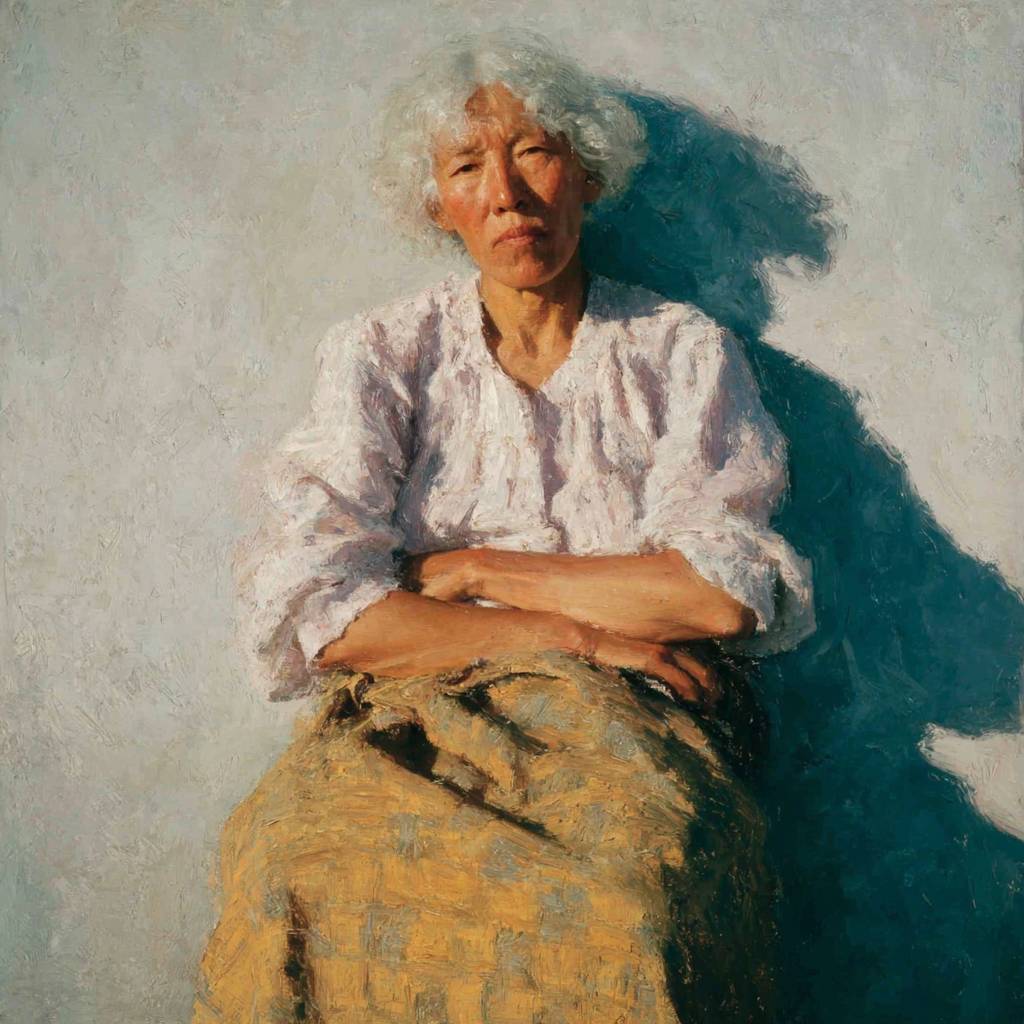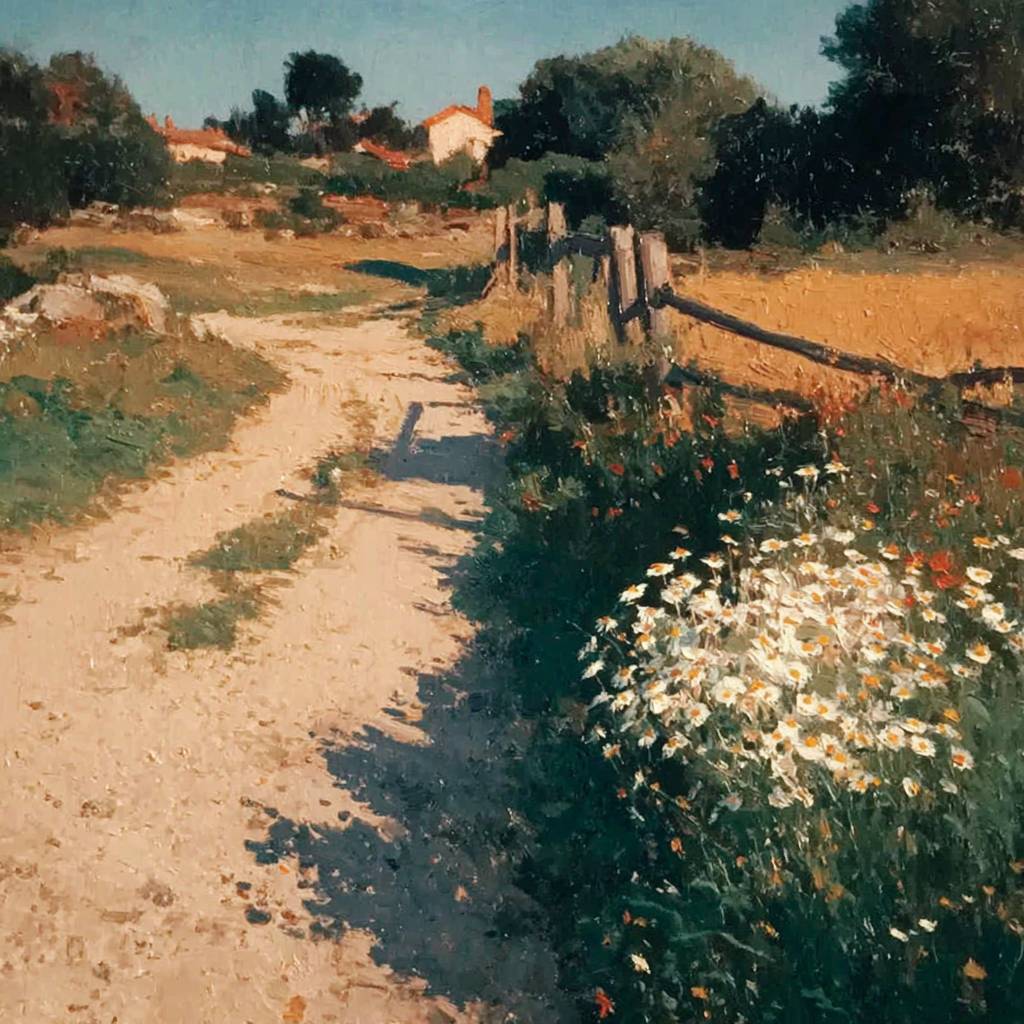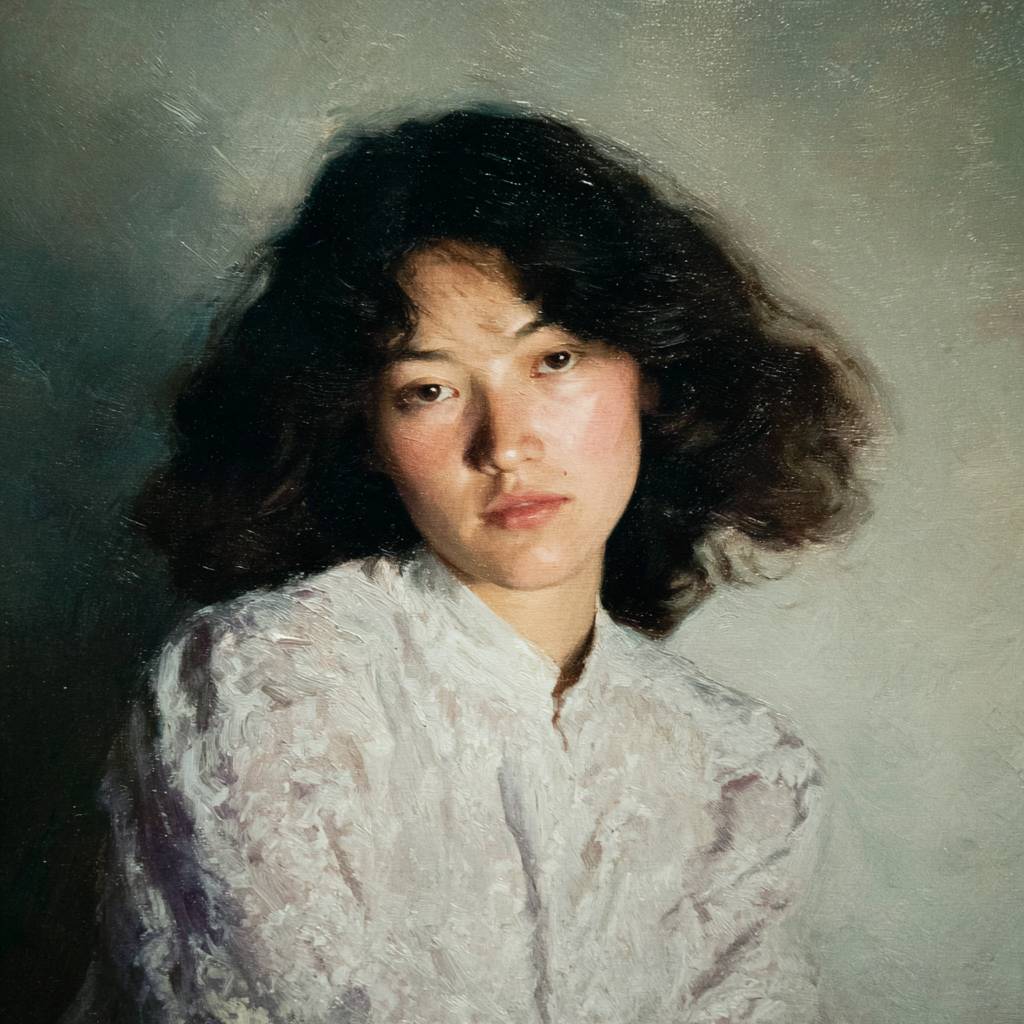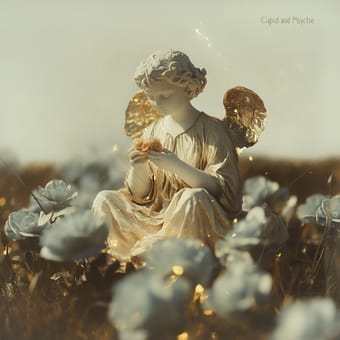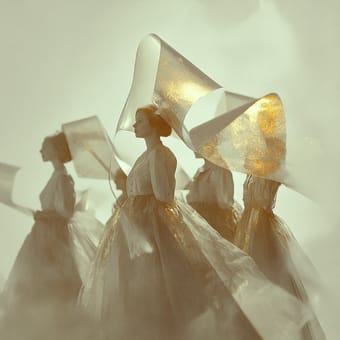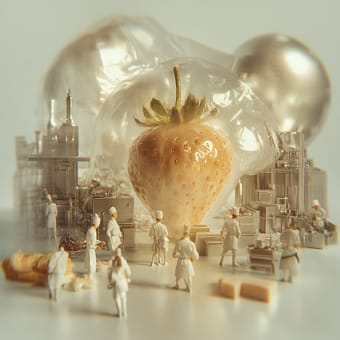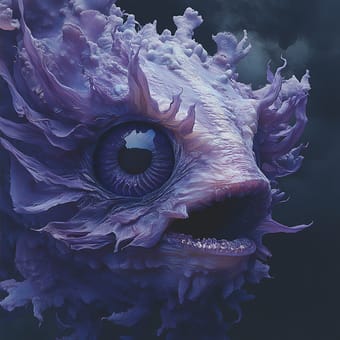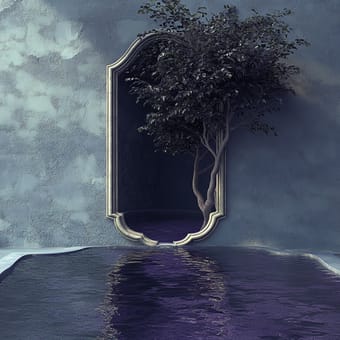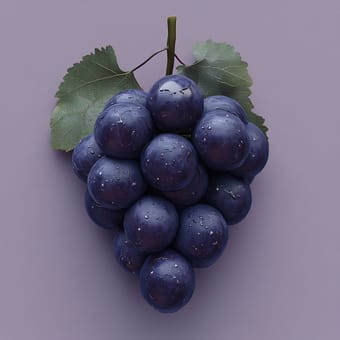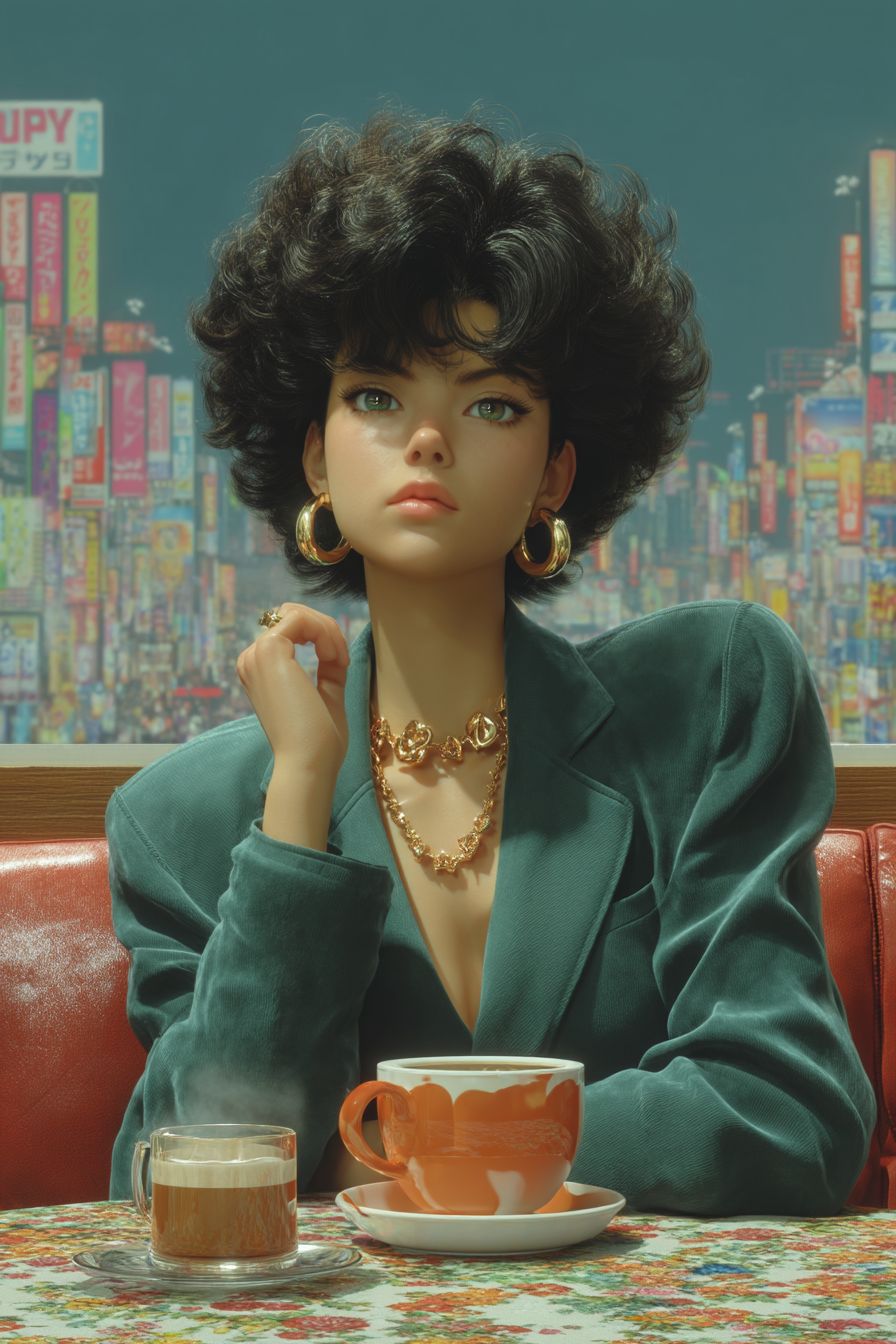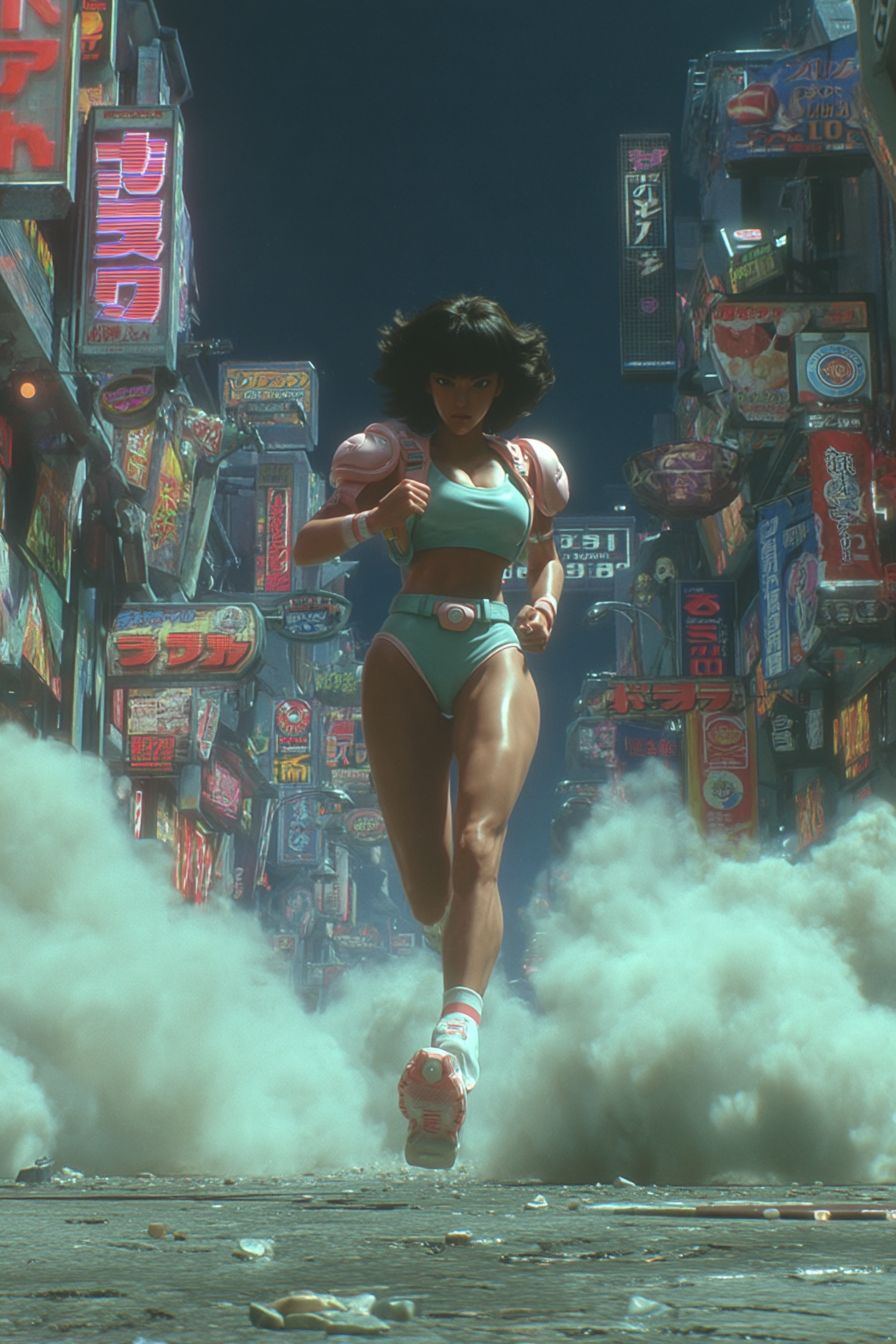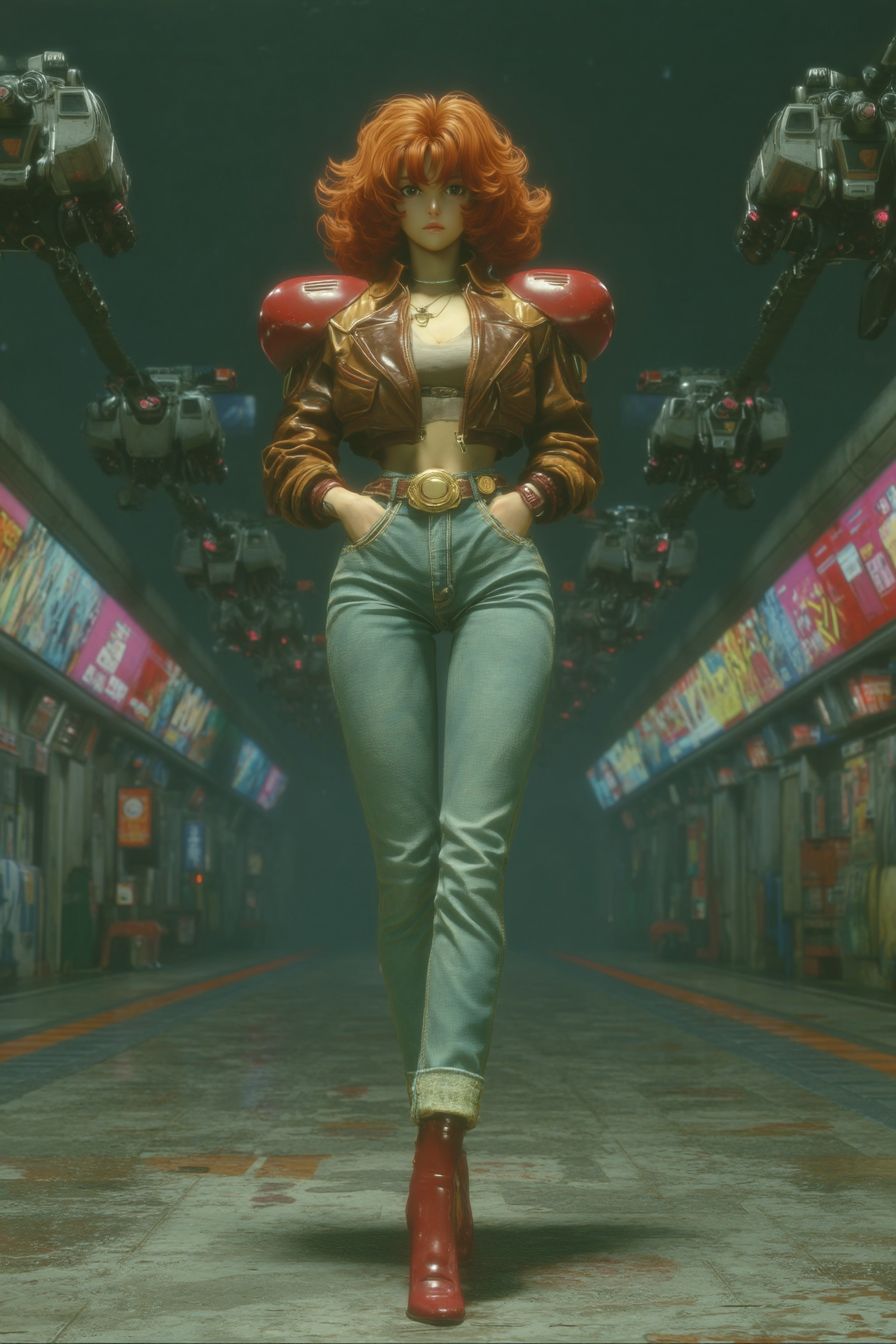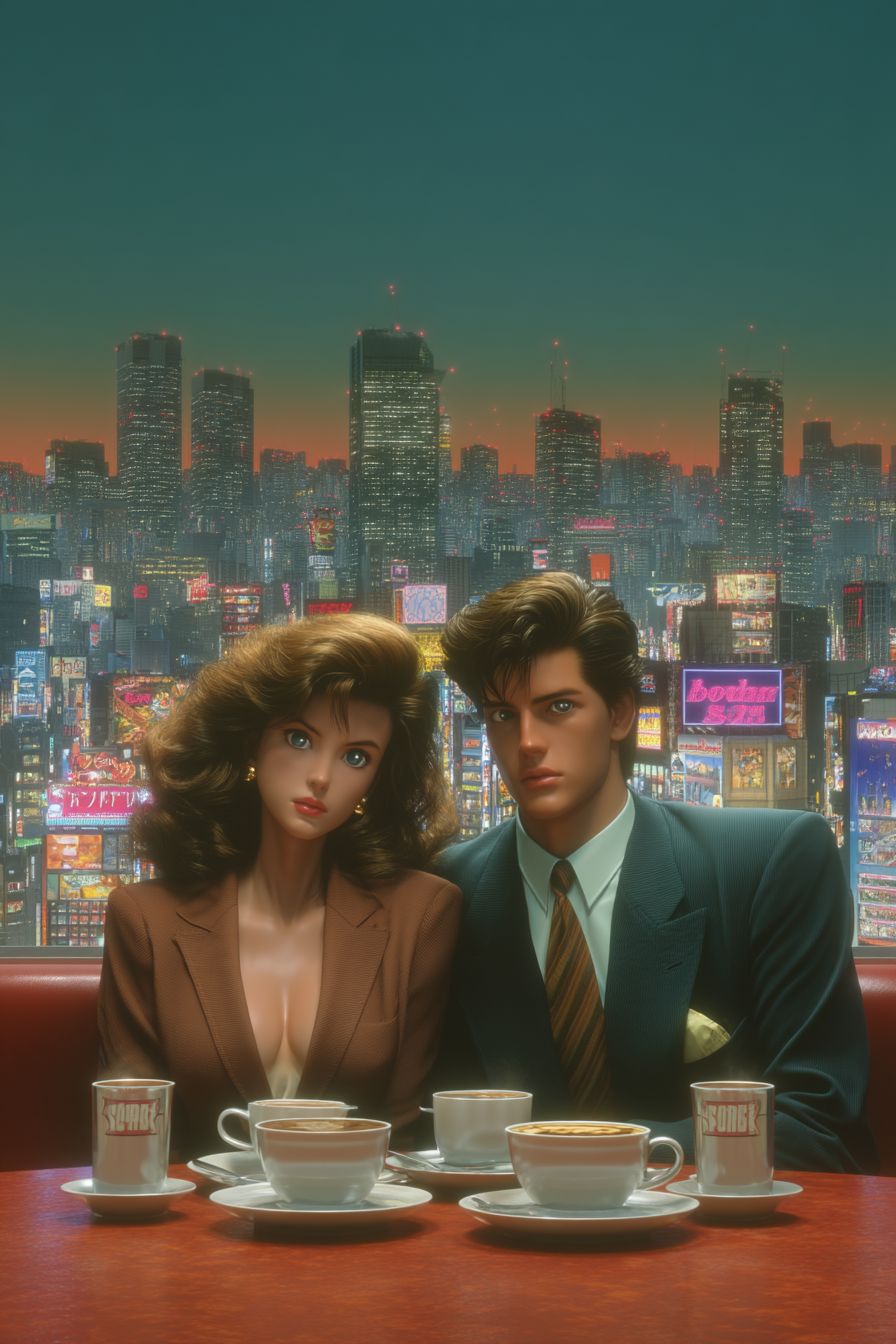Style Type & Characteristics
This SREF style blends the qualities of Impressionist painting and contemporary realist portraiture, with distinct traces of classical oil painting techniques. The image presents a balanced aesthetic between realism and expressiveness—retaining accurate depiction of human figures while creating a poetic atmosphere through loose brushstrokes and blocky color handling.
The most striking part of this style is its "unfinished completeness". Brushstrokes are deliberately kept visible, color transitions are natural yet not overly blended, and edges are treated both sharply and softly, creating a unique tension between photographic realism and artistic expression. Lighting is soft and layered, with a well-balanced contrast between warm and cool tones—featuring the elegance of classical portraiture along with the clean simplicity of modern aesthetics. The overall palette leans toward warm neutrals, dominated by warm browns, gray blues, and off-whites, accented with touches of warm yellow or teal green, evoking a serene, contemplative mood.
Composition emphasizes the relationship between figure and space. The background is simplified but not monotonous, with environmental atmosphere hinted at through color variation and brushstroke direction. This style shares similarities with the portrait techniques of late 19th to early 20th century masters like John Singer Sargent or Joaquín Sorolla, but incorporates a more modern sensibility—more restrained colors, more simplified forms, and greater focus on emotional expression over detailed rendering.
Recommended Usage Scenarios
This style is particularly suited for high-end portrait creation, literary book cover design, and brand visual identity. In publishing, it adds cultural depth to literary works, memoirs, or art criticism books; in commercial applications, it is ideal for high-end fashion brands, art institutions, or cultural spaces, projecting an elegant, understated, tasteful brand tone.
It is also excellent for personal art portfolios, exhibition posters, or independent magazine illustrations—a style that combines artistry with approachability and appeals to audiences who value aesthetic quality. For projects aiming to evoke nostalgia or historical atmosphere, such as concept designs for period films or cultural heritage visuals, this style effectively conveys mood and emotion.
Recommended Prompts
-
oil painting texture: Adds classical artistic qualities to the image, increases brushstroke visibility and color richness, gives the work a warmer, handcrafted feel, and enhances its art collectible value.
-
soft natural lighting: Strengthens the image’s gentle atmosphere, refines figure dimensionality, softens shadow transitions, and unifies tonal harmony to increase emotional resonance.
-
muted color palette: Maintains elegance and restraint, avoids oversaturated or clashing colors, ensures the visual focus remains on the subject, and elevates the work’s artistic sophistication and lasting appeal.
-
impressionistic brushwork: Keeps the perfect balance between expressiveness and realism, ensuring artistic personality and value without losing authenticity.
 Library
Library